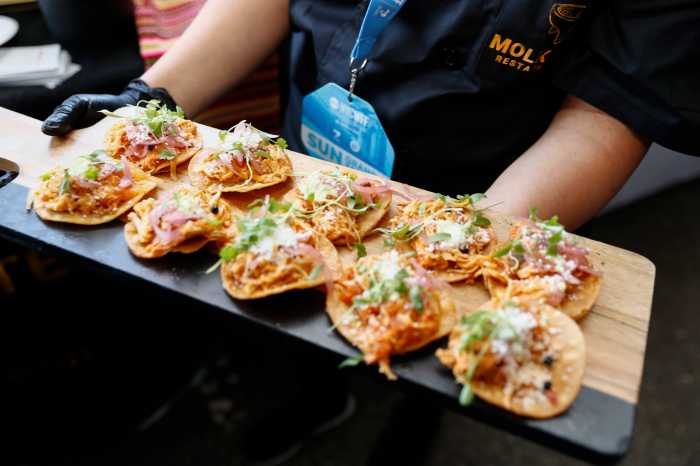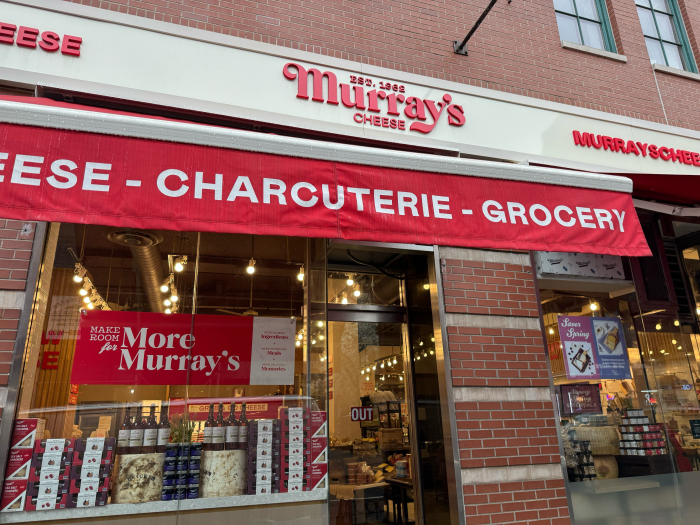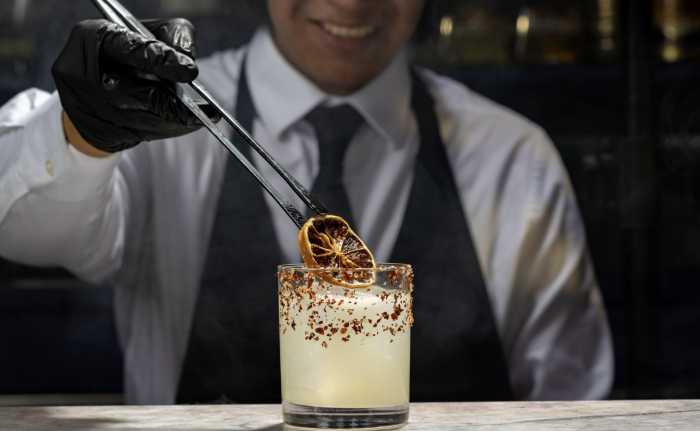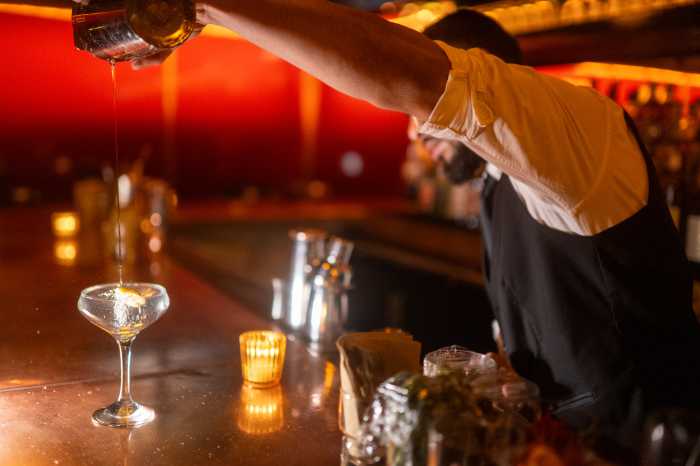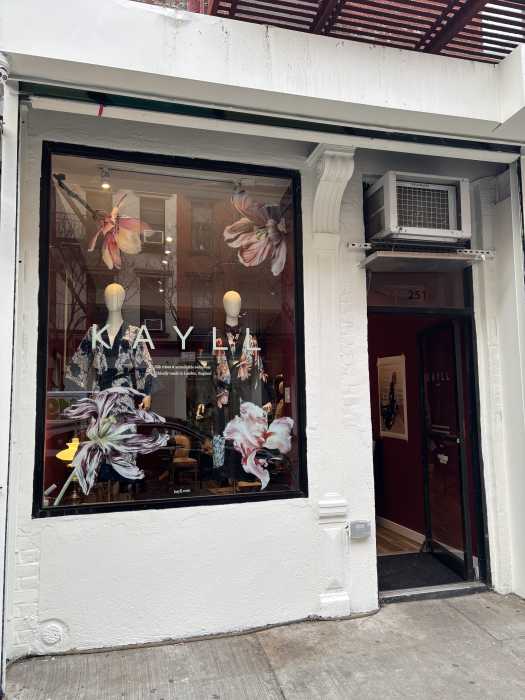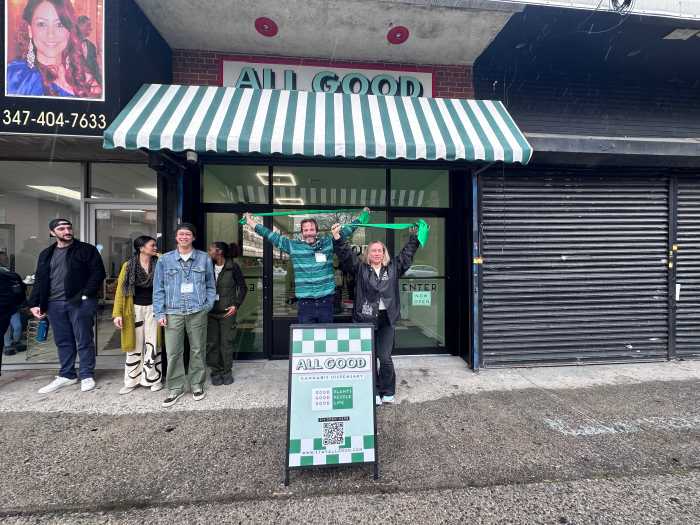
Flip through the official guides to the 1964-65 World’s Fair, and you’ll find detailed descriptions of the exhibition’s more than 150 pavilions, representing 81 countries, 24 states and the city of New York across 646 acres of Queens’ Flushing Meadows.
Blurbs detail the food and drinks served, everything from Belgian, or “Bel-Gem,” waffles to falafel. Street foods woven deeply into the fabric of daily New York City life these days merited definitions back in the ’60s: falafel is a “spicy vegetable patty eaten between slices of a soft, round bread,” the guide’s authors explain in a passage about the snack bar at the American-Israel pavilion.
“In 1964, Belgian waffles and falafel must have been the most exotic things many people saw,” says Joseph Tirella, author of “Tomorrow-land: The 1964-65 World’s Fair and the Transformation in America,” on the eve of a huge food festival assembling more than 100 vendors near Citi Field this weekend. “I’m talking about New Yorkers — I don’t know how many falafel places there were in New York City, if any at all.”
At the time, “ethnic” food for locals meant Italian pizza and Jewish corned beef sandwiches, fine dining French and continental European cuisine, Tirella says. The concept of a portable but still quality meal you could buy from a cart or truck and “go on your merry way”? Pretty much nonexistent.
But when Italy, France and a slew of other Western nations refrained from attending the 1964 World’s Fair (after its organizer, the infamous urban planner Robert Moses, got into a dispute with the governing body of official World’s Fairs), they left the door open for a paradigm shift: formerly colonized countries in Africa, Asia and Latin America selling their native cuisines at affordable prices to the American public.
“They came flying their flags as free countries, bringing their own food, culture, costume and art to put on display,” Tirella says. “It was kind of like a coming-out party for all of these other countries.” And the diversity characterizing the 1964-65 fair persists in Queens to this day, he notes.
Reflecting that heterogeneity is the lineup of vendors at the World’s Fare, who will be selling everything from Tibetan momos to Peruvian ceviche on Saturday and Sunday.
What exactly were New Yorkers eating at Flushing Meadows’ last multicultural “fair” and what will they be eating this weekend? With help from the 1964-65 New York World’s Fair official guide book, we share them below:
Belgian waffles
These fluffy waffles were sold with powdered sugar, whipped cream and strawberries at the Belgian Village, a recreation of an 18th century Flemish town. Fairgoers bought them at an outdoor snack bar next to a gondola ride that took riders to the top of a 120-foot tower for a bird’s-eye view of the grounds. They were by far the fair’s biggest culinary sensation, Tirella says: “This was the real introduction of the Belgian waffle to America. It was kind of an epiphany for people. When you have the real thing, not the thing you get in diners, it really is like ‘Wow!’”
Who’s serving waffles this weekend: Wafels & Dinges, which sells a “World’s Fair” waffle
Falafel
Inside the spiral-shaped American-Israel pavilion made of red mahogany, a snack bar sold what’s since become a classic New York City cheap eat: falafel sandwiches. In 1964, it was relatively unknown, the guide describing it as a “spicy vegetable patty eaten between slices of a soft, round bread.” (Just imagine never having heard the word “pita” in your life — how much poorer would it be?)
Who’s serving falafel this weekend: Wafa’s
Dumplings
At the Crown Colony Club at the Hong Kong pavilion, diners could order off a menu of hundreds of entrées, including shark fin-stuffed dumplings. The restaurant and nightclub had quite the set-up: it was designed to resemble a Hong Kong dockside, its entrance flanked by small, flat-bottomed wooden boats and ancient Chinese sailing boats. In the evenings, Chinese opera singers, acrobats and other performers entertained patrons feasting on Cantonese squab and shrimp and beef wrapped in lily leaves.
Who’s serving dumplings this weekend: Destination Dumplings and Dumpling Galaxy
Danish pastries
Bakers were literally flown across the Atlantic to make fresh pastries at the Denmark pavilion. The baked treats — these days available at pretty much every Manhattan street cart — were served alongside other Danish specialties and fish flown in from the Baltic and North seas at a more casual eatery called the Kattegat Inn. Those looking for a fine dining experience made dinner plans at the Restaurant Denmark, where a “Grand Cold Table” catered to gourmet tastes.
Who’s serving Danish food this weekend: Claus Meyers’ Great Northern Food Hall (pork sandwiches)
Tandoori chicken
Fairgoers who dined at the Indian pavilion sat beneath a remarkable ceiling that, according to the fair guide, “reproduced that of an ancient temple.” On the menu: “tandori” chicken marinated in yogurt and spices roasted in a cylindrical tandoor oven, and served with what the manual’s authors call “puffy bread,” a.k.a naan.
Who’s serving Indian food this weekend: Masala Mama (chana chaat, vindaloo and tikka masala tacos) and Saravanaa Bhavan (Indian crepes)
Kimchi
Visitors to the Republic of Korea’s traditional teahouse, where waitresses dressed in traditional silk hanbok and costumed entertainers performed folk dances, could try national dishes a la carte or as part of a complete meal. The guide recommends spiced and pickled kimchi as a “specialty.”
Who’s serving kimchi this weekend: forward ROOTS (fresh pineapple kimchi)
Pizza
At Mastro Pizza’s counter, fairgoers could watch the pizzaoli practice “the fine art of pizza-making, tossing those whirling disks of dough in the air,” the guide explains. The pavilion sold slices for 25 cents and pies for $2.50. Even then, Mastro wasn’t really a household name, because the company ran a few of its own pizzerias, but its main objective was selling gas-fired pizza ovens and franchises to other restaurateurs.
Who’s serving pizza this weekend: Kesté
Hummus
Fair attendees seeking a taste of “homas” found it at the country of Jordan’s pavilion, a unique structure ornamented with gold mosaic tiles and sparkling colored glass and topped by an undulating roof with multiple peaks and domes. A restaurant and snack served not only “an appetizer of mashed chick peas mixed with spices and oil, eaten cold,” as the guide defined hummus, but “shaurmah,” a.k.a shawarma, Arab and Turkish pastries, coffee and wine.
Who’s serving hummus this weekend: Eons Greek
Tacos
We’re guessing the restaurant at the Mexican pavilion offered tacos, too, but we’re 100 percent sure that the eatery at New Mexico’s “pueblo of five adobe buildings” served the dish, alongside enchiladas, tamales and other South of the Border specialties.
Who’s serving tacos this weekend: Chiflez, Oaxaca Taqueria, Tortilleria Nixtamal, Coney Shack
Seven-Up (and sandwiches)
Manufacturers of the lemon-lime soda set up their own “international sandwich garden,” with a buffet-style spread of everything from slice lamb on Scotch barely bread to lomi-lomi salmon on coconut bread to ginger-coconut chicken on cinnamon swirl bread and unlimited 7-Up. A four-sandwich platter with relishes cheeses and candy cost an equivalent of about $12 in today’s money. Diners were serenaded on a daily basis by a five-piece ensemble playing American show tunes, as well as European and Latin American selections.
Who’s serving sandwiches this weekend: Chocko & Chuzos (Argentine sausage sandwiches, Great Northern Food Hall Entice Eats (roasted pork sandwiches), Caribbean Street Eats (shark sandwiches), Bacchanal Sauce (ceviche sandwiches)
Beer
Visitors to the Town House Restaurant, located on a gas-lit, cobblestoned recreation of a city street circa 1904, earned themselves a first glass of beer on the house. The restaurant was one of three eating places in an exhibition mounted by Liebmann Brewery, makers of Rheingold Beer. The then-110-year-old Brooklyn company — known best for its midcentury marketing campaign, the “Miss Rheingold” pageant — had been bought out earlier that year by Pepsi‐Cola.
Where to get beer this weekend: an international beer garden, serving unlimited tastings of craft beer



